
Supercharge your lead generation with a FREE Google Ads audit - no strings attached! See how you can generate more and higher quality leads
Get My Free Google Ads AuditFree consultation

No commitment
Supercharge your lead generation with a FREE Google Ads audit - no strings attached! See how you can generate more and higher quality leads
Get My Free Google Ads AuditFree consultation

No commitment
Navigating the digital marketing landscape can be daunting, especially for pet food brands looking to harness the power of Google Ads. In today's competitive market, aligning online strategies with broader marketing efforts is crucial for capturing high-intent prospects at the right moment. Many pet food companies struggle with missing high-value prospects due to outdated tracking systems or a lack of CRM integration, leading to lost opportunities. With modern solutions, pet food brands can target decision-makers in real-time, bridging the gap between brand awareness and the buying process. This means intercepting pet owners precisely when they're ready to make a purchase, optimizing the blend of premium online visibility and effective offline engagement.

Pet food brands face fierce competition and rapidly evolving consumer expectations. Capturing qualified leads requires more than generic ad spend: it demands a precision approach fueled by unified data and actionable insights.
Modern marketers in the pet industry unlock stronger results by leveraging granular targeting, conversion-focused creatives, and cross-channel intelligence. This strategy ensures every interaction—whether a first-time site visit or a returning customer inquiry—moves prospects closer to purchase with measurable efficiency.
Whether you are a B2B marketer seeking to influence veterinary practices or a pet food retailer targeting end consumers, this step-by-step guide equips you with proven Google Ads strategies. By combining intent-driven targeting, creative optimization, and real-time lead management, your digital marketing for pet products can deliver measurable ROI and lasting brand growth.
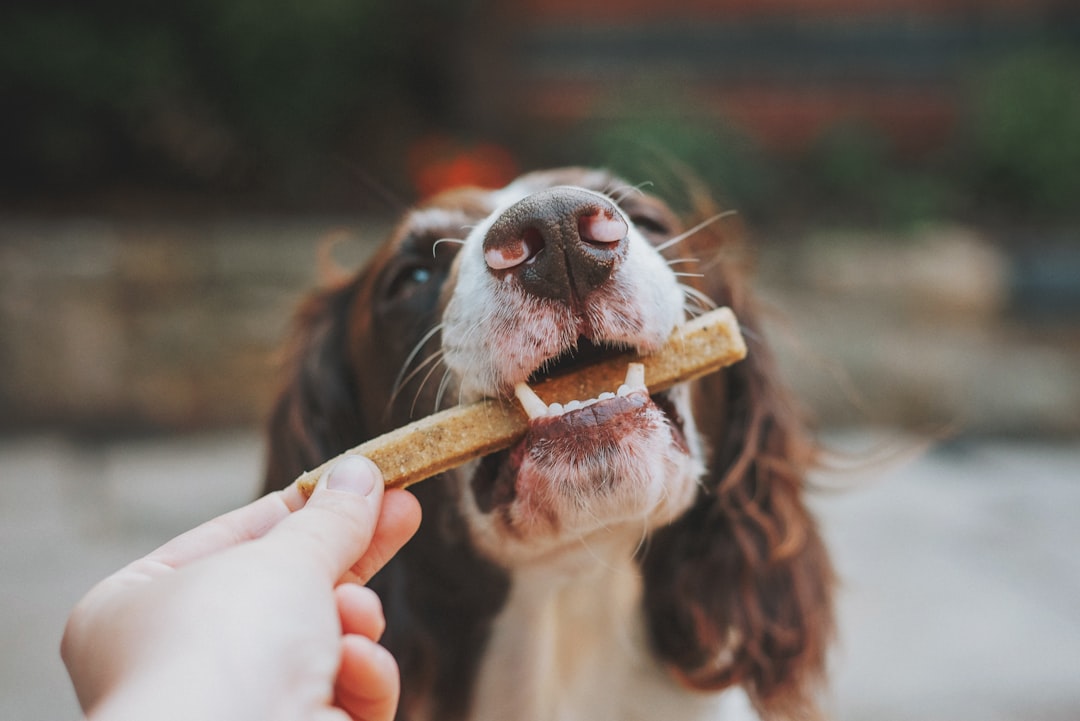
Pet food brands navigate a highly competitive landscape where buyer intent shifts rapidly and product differentiation is critical. Google Ads provide direct access to consumers who are actively seeking specialized nutrition, wellness products, and emerging health trends, allowing brands to meet these prospects at the exact moment of need.
Unlike broad digital marketing for pet products, Google Ads for pet food brands allow for precise audience segmentation, capturing pet owners searching for specific dietary solutions or high-value, specialty items. Brands can tailor messaging to address pain points such as allergies, age-specific nutrition, or breed requirements, ensuring higher relevance and engagement. See this trend for a deeper look.
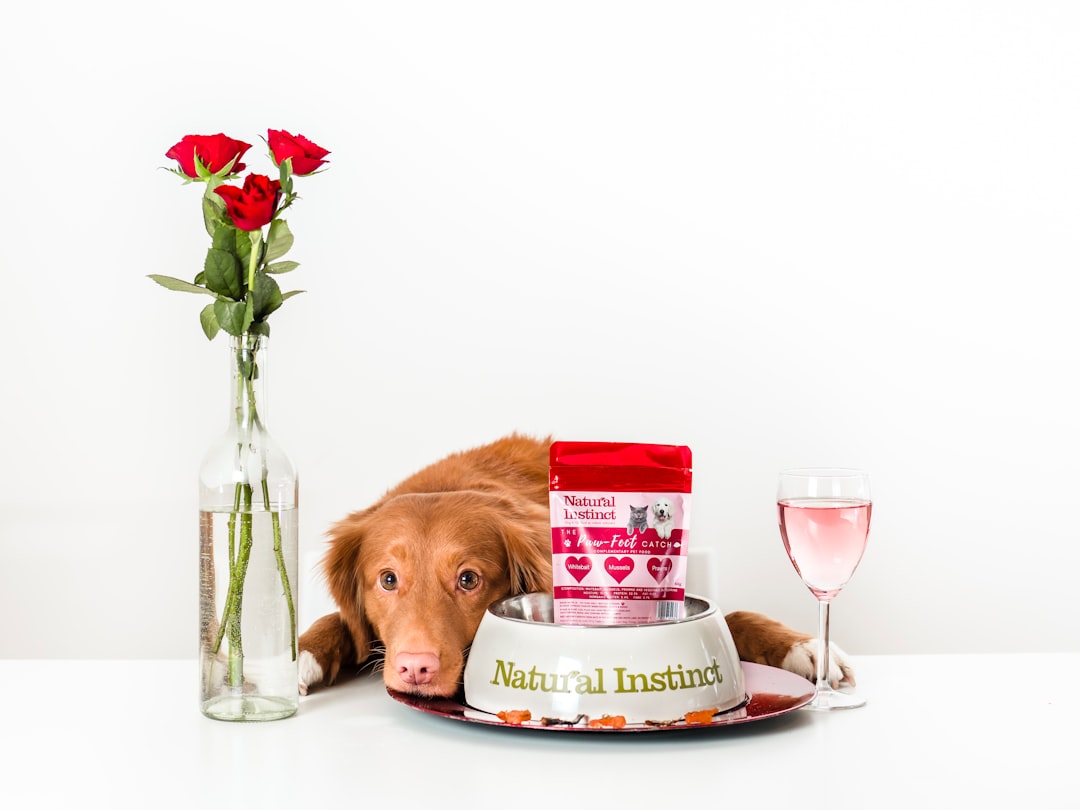
Pet food brands face a digitally savvy audience that expects both authenticity and convenience at every touchpoint. Executing a compelling Google Ads strategy combines pinpoint targeting with data-driven optimization, ensuring resources flow toward audiences ready to convert and engage. For B2B marketers and revenue teams, the ability to unify online and offline actions unlocks new levels of campaign precision and measurable ROI in pet product marketing.
This campaign mix, when driven by unified data and real-time audience insights, enables pet food brands to deliver personalized, measurable, and scalable digital marketing for pet products.
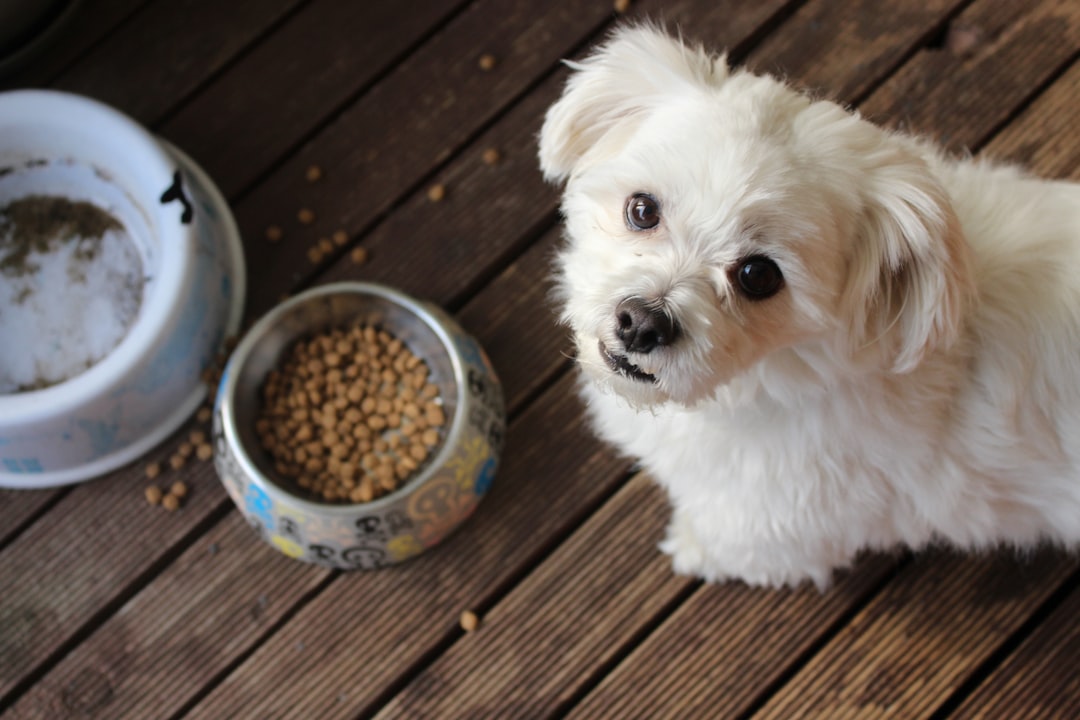
Identifying growth opportunities in the pet food sector requires a blend of specialized tactics and granular data segmentation. Brands that broaden their approach beyond standard campaigns consistently achieve higher returns by targeting at the vertical and firmographic level.
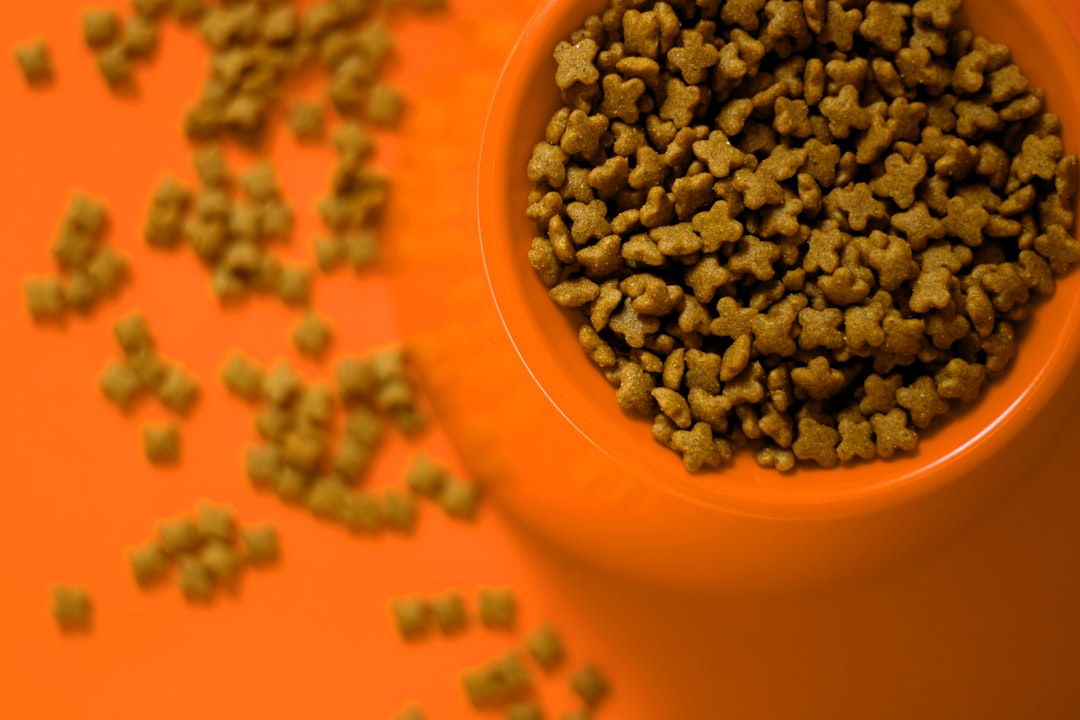
Pet food brands achieve higher marketing ROI by tailoring campaigns to the distinct needs of each customer segment. Segmentation enables marketers to shift from generic outreach to precise, data-driven engagement that resonates with pet owners and drives measurable results.
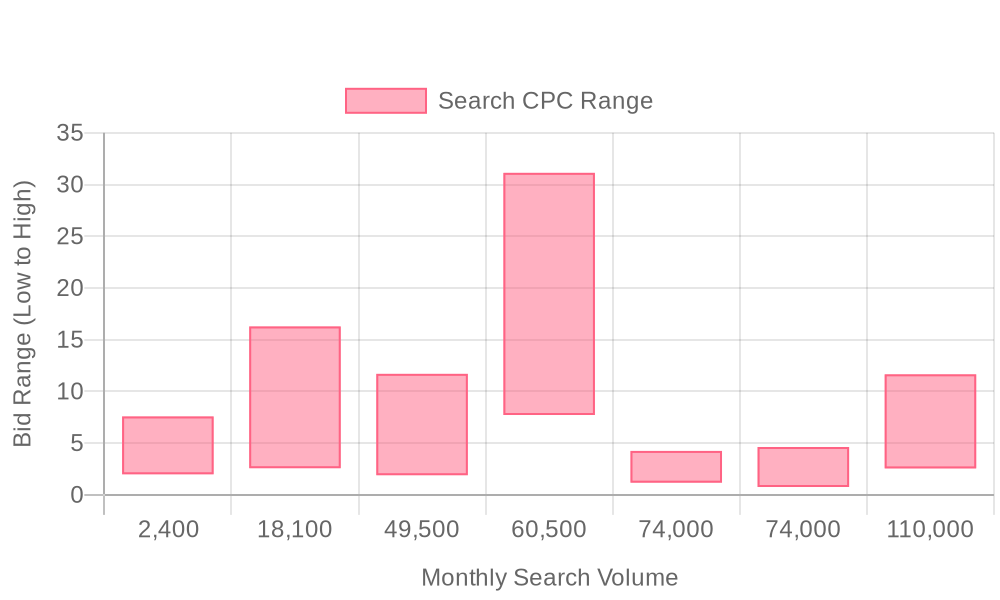
| Industry | Keyword | Monthly Search Volume | Competition Level | Low Bid | High Bid |
| Pet Food Brands | pet food brands | 2400 | HIGH | 1.99 | 7.58 |
| Pet Food Brands | nom nom dog food | 18100 | HIGH | 2.58 | 16.28 |
| Pet Food Brands | fresh pet dog food | 49500 | HIGH | 1.9 | 11.7 |
| Pet Food Brands | fresh dog food | 60500 | HIGH | 7.72 | 31.13 |
| Pet Food Brands | royal canin dog food | 74000 | HIGH | 1.18 | 4.25 |
| Pet Food Brands | blue buffalo dog food | 74000 | HIGH | 0.76 | 4.63 |
| Pet Food Brands | best dog food | 110000 | HIGH | 2.56 | 11.65 |
Pet food brands experience the greatest impact from Google Ads when campaigns are grounded in a robust keyword strategy that tightly matches commercial intent. High-performing marketers consistently focus on search terms that reflect not just product interest, but real purchase readiness, ensuring every ad dollar targets the right audience segment.
Effective keyword strategy fuels every successful Google Ads campaign for pet food brands. Clustering keywords by nutrition profiles, dietary requirements, and local search modifiers ensures precise audience segmentation. Tapping into long-tail and niche queries, such as “grain-free puppy food in Austin” or “hypoallergenic cat treats,” enables brands to capture high-intent buyers often overlooked by broader terms. Pet food keyword ideas provides actionable ideas for building your initial lists.
Applying negative keyword filters is essential to prevent wasted spend on irrelevant searches. Integrating keyword lists across content marketing efforts creates a unified digital presence, reinforcing authority and consistency for pet food advertising. With a platform that identifies visitors and surfaces real-time intent, marketers can prioritize high-potential segments and sync enriched audiences into Google Ads, ensuring campaigns adapt as prospects move through the funnel. Tools like Sona Identification help uncover visitor profiles and intent signals to support more informed targeting.
Resonant ad copy is the bridge between targeted keywords and engaged clicks in pet product marketing. Headlines addressing common pet owner pain points—such as concerns about allergies or ingredient transparency—draw immediate relevance. Trust signals like safety certifications and customer satisfaction scores further boost credibility, while urgency is created through limited-time discounts or incentives on first orders.
For optimal performance, messaging must align seamlessly with social and email campaigns, maintaining a unified brand narrative across all platforms. Leveraging enriched audience insights enables precise personalization, ensuring pet food brand promotion reaches consumers with the right message at the right stage in their buying journey. Pet food ad examples showcase creative approaches that inspire effective copy.
A strong landing page strategy ensures that each click delivers a tailored experience, driving higher conversion rates for online advertising for pet brands. Maintaining one-to-one alignment from keyword to ad to landing page eliminates disconnects that can lead to lost leads. Segmenting landing pages by pet type or specific dietary benefit allows for targeted content and offers, while trust signals and clear calls-to-action provide conversion clarity.
Syncing lead forms with CRM systems provides a holistic view of prospect interactions, creating a connected feedback loop between marketing and sales. With advanced visitor identification, marketers can attribute conversions accurately—both online and offline—enabling a more complete understanding of Google Ads ROI for pet food and refining future campaign strategy. For more best practices on optimizing Google Ads returns, see our guide on Google Ads ROI guide.
Continuous optimization is fundamental to sustaining and scaling pet supply advertising performance. Meticulous conversion tracking pinpoints high-engagement companies, allowing for refined follow-up and dynamic audience adjustments as prospects move through the pipeline. Advanced bidding strategies, such as automated rules for high-value actions, maximize return on ad spend.
Regular testing of ad elements—headlines, images, and offers—ensures campaigns remain fresh and competitive. Google Ads benchmarks provides a deeper look at industry benchmarks to gauge your performance. Leveraging insights from Google Ads to inform broader digital marketing for pet products helps unify strategy, while real-time data synchronization between ads and CRM platforms ensures every opportunity is captured and nurtured efficiently.
Pet food brands gain market traction by aligning educational value with authentic brand storytelling. Providing targeted resources and experiences deepens trust and encourages repeat engagement from discerning pet owners.
By executing these strategies, pet food brands build a robust foundation for ongoing online advertising success and long-term customer loyalty. Each tactic not only expands presence but also streamlines the path from first impression to loyal customer, ensuring that every marketing dollar delivers measurable value.
Mastering Google Ads for your pet food brand isn’t just about clicks—it’s about connecting with pet owners who are eager to find the best for their furry friends. By leveraging the right strategies, you can turn casual browsers into loyal customers and drive meaningful growth for your business.
Throughout this guide, we’ve explored how to target high-intent audiences, craft compelling ad copy, and optimize your campaigns for maximum ROI. From keyword research to creative testing, these tactics are designed to help you stand out in a competitive market and ensure your pet food brand gets the visibility it deserves.
Imagine the impact of streamlined campaigns that not only reach the right people but also convert them effortlessly. With the right tools and insights, you can transform your Google Ads performance from guesswork to precision—saving time, reducing waste, and scaling your success.
Ready to see the difference for yourself? Start a free trial to experience Sona's platform and its capabilities.
Best practices include precise keyword and audience targeting, aligning landing pages with creatives for conversion, performance optimization through data-driven techniques, and cross-channel integration for effective follow-ups.
The budget should be allocated to high-value audiences based on intent signals, dynamically shifting spend to reach in-market pet owners when they are most likely to convert.
Target high-intent phrases such as 'organic pet food near me,' 'premium dog food,' and 'natural cat food delivery' to attract buyers actively seeking premium or specialty options.
Success can be measured by tracking conversion rates, repeat purchases, ROAS, and integrating CRM data to link online and offline interactions, providing a comprehensive view of the customer journey.
While it's possible, having a website allows for optimized landing pages and better conversion tracking, which are crucial for maximizing the effectiveness of Google Ads campaigns.
Join results-focused teams combining Sona Platform automation with advanced Google Ads strategies to scale lead generation

Connect your existing CRM

Free Account Enrichment

No setup fees
No commitment required

Free consultation

Get a custom Google Ads roadmap for your business
Join results-focused teams using Sona Platform automation to activate unified sales and marketing data, maximize ROI on marketing investments, and drive measurable growth

Connect your existing CRM

Free Account Enrichment

No setup fees
No commitment required

Free consultation

Get a custom Google Ads roadmap for your business
Over 500+ auto detailing businesses trust our platform to grow their revenue
Join results-focused teams using Sona Platform automation to activate unified sales and marketing data, maximize ROI on marketing investments, and drive measurable growth

Connect your existing CRM

Free Account Enrichment

No setup fees
No commitment required

Free consultation

Get a custom Google Ads roadmap for your business
Over 500+ auto detailing businesses trust our platform to grow their revenue
Join results-focused teams using Sona Platform automation to activate unified sales and marketing data, maximize ROI on marketing investments, and drive measurable growth

Connect your existing CRM

Free Account Enrichment

No setup fees
No commitment required

Free consultation

Get a custom Google Ads roadmap for your business
Over 500+ auto detailing businesses trust our platform to grow their revenue
Join results-focused teams using Sona Platform automation to activate unified sales and marketing data, maximize ROI on marketing investments, and drive measurable growth

Connect your existing CRM

Free Account Enrichment

No setup fees
No commitment required

Free consultation

Get a custom Google Ads roadmap for your business
Over 500+ auto detailing businesses trust our platform to grow their revenue
Our team of experts can implement your Google Ads campaigns, then show you how Sona helps you manage exceptional campaign performance and sales.
Schedule your FREE 15-minute strategy sessionOur team of experts can help improve your demand generation strategy, and can show you how advanced attribution and data activation can help you realize more opportunities and improve sales performance.
Schedule your FREE 30-minute strategy sessionOur team of experts can help improve your demand generation strategy, and can show you how advanced attribution and data activation can help you realize more opportunities and improve sales performance.
Schedule your FREE 30-minute strategy sessionOur team of experts can help improve your demand generation strategy, and can show you how advanced attribution and data activation can help you realize more opportunities and improve sales performance.
Schedule your FREE 30-minute strategy sessionOur team of experts can help improve your demand generation strategy, and can show you how advanced attribution and data activation can help you realize more opportunities and improve sales performance.
Schedule your FREE 30-minute strategy session





Launch campaigns that generate qualified leads in 30 days or less.
